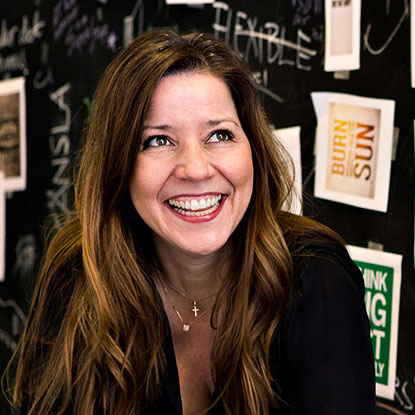How to succeed with your design systemFocus on the organisation, suggests UX specialist Fredrik Broman

A design system offers many advantages, especially for those who have several different digital products and services. It helps your organisation work more efficiently while creating a cohesive brand experience. But how do you manage to make a successful design system that is living, evolving, and is utilised in the right way? Through collaboration, according to our UX specialist Fredrik Broman.
Better customer experience and a stronger brand
With a design system, you can more easily ensure that your customers recognise your brand wherever they encounter it. In addition to contributing to a better customer experience and a stronger brand, a design system saves time because the decisions have already been made so you only need to design and code all the resources once. This allows you to reach the market with new products and services faster.
The people are most important
It’s valuable for everyone in your organisation to be able to interpret your graphic manual in a digital context. This is how you can describe a design system, which usually contains design such as colors and fonts, and components such as buttons and fields. But since the ’how’ is at least as important as the ’what’, guidelines play a big part – not only in terms of how to use design and components, but also for accessibility.
Fredrik Broman is a UX specialist at KAN, and has developed design systems for clients such as Ikano, Assa Abloy and E.ON. He believes that the process itself is also part of the design system:
“Design systems are about organisation and people management more than anything else, and they should be easy for all relevant teams to work with. Ikano, for example, has different brands that work differently, but they want to use the same design system to create a cohesive brand experience. Then we have to make sure that the design system is suitable for all teams to work with.”
Everyone on board
Design systems create structure, and are things that everyone should be able to gather around. To do it well, collaboration is needed throughout the organisation, with support from both those who make the decisions and those who use the design system. The more people who are involved in the design process, the better Fredrik thinks it is. He sees many advantages of design tools like Figma, where everyone can participate, collaborateand give feedback. But it also requires a clear division of responsibility and good documentation.
As a UX specialist, Fredrik is usually the one who takes the main responsibility, both for creating the design system and for achieving a optimal cooperation throughout the organisation. To help him, he often has a graphic designer who has the overall perspective and vision for how everything looks and interacts. A frontend developer is also helpful if components need to be coded.
It’s a living thing
For a customer like Ikano, with various business activities that have little to do with each other, the process of creating a common design system is very much about finding the right forms of collaboration: what’s the process for when we make new components? In his role as UX specialist, Fredrik began by interviewing different teams at Ikano to understand how they work and what they need.
In the initial phase, we usually make an inventory of the interfaces that exist: how does it look graphically on websites and across different services? And what values does the brand stand for? There we have the foundation for a design language that we fill with form, components and guidelines.
The next step is to build a prototype so that we can test the design system in the business, and then improve and expand, because a design system is never finished.
“A design system constantly needs to be maintained, and it is important to find a good model for that. We at KAN help you kick-start this and get the right processes in place. We can of course continue to take responsibility, but the best thing is if we are not needed later and the customer is responsible for the central team that holds it together,” says Fredrik.
He concludes by bringing up Ikano again, as an example of when a design system gains traction in an organisation and how those who use it see the benefit and keep it alive:
“In the beginning, we did everything, but now Ikano’s business operations take greater ownership and build the components they need themselves. The design system grows organically. That is how it should be!”
Tips for a successful design system:
- Get the whole organisation involved and involve both management and those who will use the design system early on.
- Create the design system in a tool made for collaboration, such as Figma.
- Come up with something fast and get feedback.
- Have a clear release plan and communicate when you make updates and changes to the design system.
- Ensure that a central team is responsible for the design system and keeps it alive.
Do you want to know more about Ikano’s design system? Here you can find the full case story.
Are you thinking about how a design system can work in your organisation? Get in touch
Curious to know more? Contact me.
